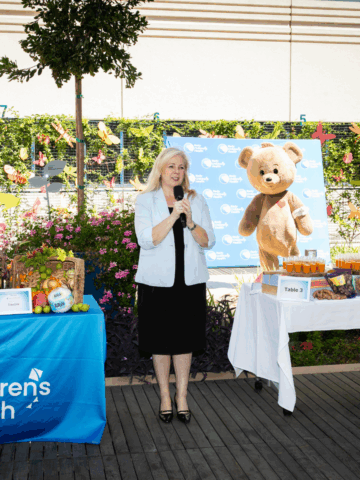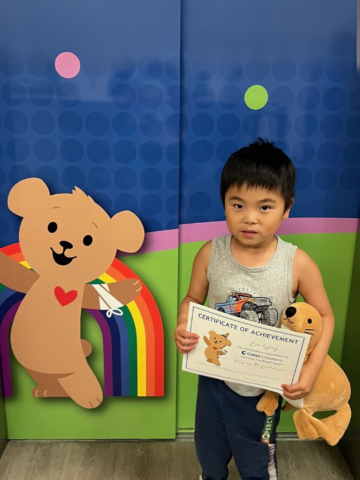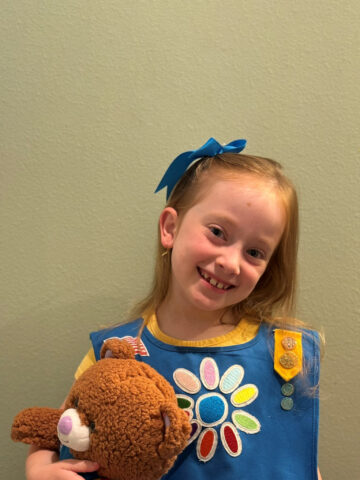Constipation in children is an all-too-common ailment, accounting for nearly five percent of all pediatric visits each year and one out of every four pediatric gastroenterology visits. More than 90 percent of constipated children have “functional” constipation, meaning constipation without any underlying disease.
Although symptoms may vary for each patient, common signs to look for include:
- Infrequent bowel movements (less than three per week)
- Stool leakage
- Withholding behavior
- Difficult, painful or hard bowel movements
- Abdominal pain
- Urine accidents
- Blood-coated stools
The most common cause of constipation in children is withholding due to past experience with painful passage of stools, says Dr. Ashish Chogle, pediatric gastroenterologist at CHOC. Other leading factors relate to water and food intake.

Stool leakages in the underwear are often encountered in children with long standing constipation. Most children will not feel the stools passing accidently, as feeling in the rectum decreases as a result of the stretching that takes place from being constipated for a long time.
There are several things parents can try at home to alleviate the problem of constipation, he says. First, if your child is not usually a keen water drinker, increase their water intake to normal levels. CHOC recommends one full eight ounce glass of fluids per year in age every day. Increasing their fiber intake can also help relieve mild cases of constipation in children. Good sources of fiber include whole grains, whole wheat items, beans, green leafy vegetables and fruit. The minimum amount of fiber for children is equal to your child’s age plus five grams. For example, a child who is 5 years old should eat 10 grams of fiber each day (5 years + 5 = 10 grams). If the child isn’t better after trying these methods at home, consult your pediatrician. Your pediatrician may recommend a treatment plan or refer you to a pediatric gastroenterologist.
Treatment plans may include a stool softener regimen such as laxative therapy, or lifestyle changes, depending on the severity and underlying causes of the constipation. If your child has significant stool back up in the colon, the doctor might recommend a bowel clean out with Miralax.
Parents may worry that their child will become dependent on a stool softener if given for an extended duration, and thus may stop the laxatives sooner than advised by their physician.
“By stopping a laxative therapy plan too soon, the child can bounce back to being constipated,” says Dr. Chogle. “The treatment needs to last long enough that the colon fully recovers from the stretching that has occurred due to constipation. Parents don’t need to worry about their children becoming dependent, as long as they follow their physician’s treatment plan and have an understanding that it can take months for the colon to recover and function properly.”
The length of the regimen will vary depending how long the child has been constipated. There are some patients with an inherently slow colon (those with slow transit constipation). These patients will likely require laxatives long term, says Dr. Chogle.
Older children or teens with chronic constipation issues may actually be suffering from pelvic floor dysfunction, especially if they spend a long time straining on the toilet or pass only small amounts of stools each time. This could be due to an incoordination in pelvic floor muscles, also known as anal dyssynergia. Muscles tighten instead of opening up while attempting to pass a bowel movement- similar to trying to squeeze out toothpaste from a tube with the cap half open. Your child’s doctor may order a test called an anorectal manometry to determine anal pressures and pelvic floor coordination if they do not respond to other treatment options. Physical therapy, specifically anal biofeedback therapy, may be recommended for some patients.
Learn more about constipation from the gastroenterology experts at CHOC.





